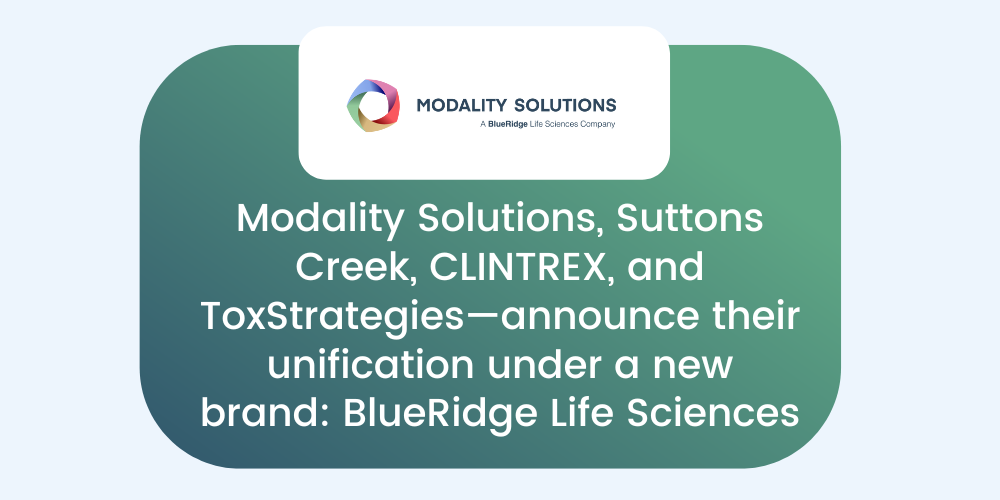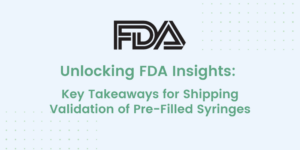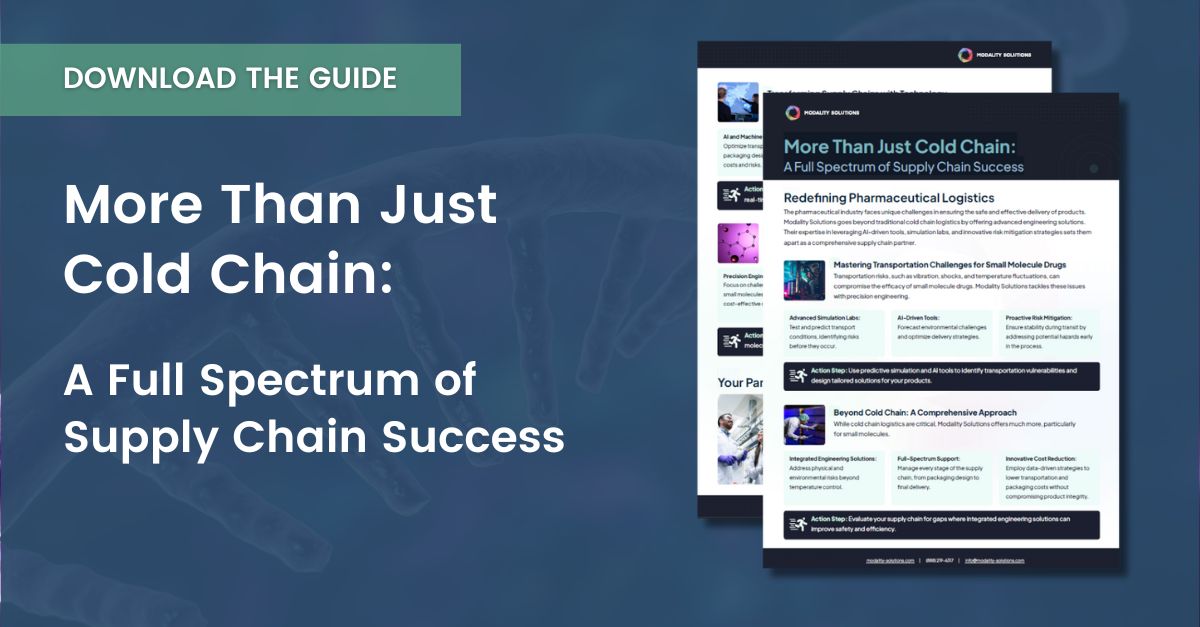Unlocking FDA Insights: Key Takeaways for Shipping Validation of Pre-Filled Syringes
Are you aware of the open data files published online by the FDA? This wealth of information includes redacted versions of CMC reviews, meeting minutes, Summary Basis for Regulatory Action letters, Complete Response Letters, and Post-Marketing Commitments for approved therapies. Fortunately, we are taking the time to comb through these files to find specific agency feedback on topics that may impact and guide your approach to shipping validation.
Today, I’ll be doing a deep dive into a Complete Response Letter (CRL) from 2021 to identify the gaps in the submission of a monoclonal antibody in a pre-filled syringe (PFS). The important takeaways here are:
- Safety and/or sterility testing should be performed on the final finished combination product,
- The testing should be performed on aged devices at the end of shelf life, and
- Device-specific data (such as from 510(K)) or historical performance data are not sufficient exceptions to the testing requirements.
PFS Testing
LEO Pharma filed a Biologics License Application (BLA) in 2020 for a monoclonal antibody (tralokinumab, trade name ADBRY) presented in a pre-filled syringe. The FDA issued a CRL in June of 2021 which included identified gaps within the shipping validation program that made the Application not approvable.
First, an Information Request (IR) was issued around completed shipping studies:
“However, the testing is not adequate for the following reasons: The reliability and sample size is not acceptable. Please analyze the data assuming confidence interval of 95% with 99% reliability. Please provide the sample size to demonstrate the confidence interval and reliability required. Furthermore, the testing should also be performed after aging of the device, dropping of the device, and simulated shipping.”
The sponsor attempted to resolve this IR, to which the FDA responded:
“The response was not adequate. The sponsor provided documentation of the testing of the (redacted) which was approved through 510(K). This testing is provided, however, the testing does not appear to include any testing with aging of the device (Shelf-Life), dropping of the device, and simulated shipping. It is not clear if the testing is the final manufactured design of the proposed device. Needle safety performance needs to be tested on the final finished combination product because the prefilled syringe, combination product manufacturing and preconditioning may impact the performance.”
There are three important factors identified via this correspondence. First, devices approved via 510(K) are not sufficient on their own for a PFS. Most combination products are filled into a device that has been approved by the FDA already through the separate process of 510(K). However, the scrutiny applied to this application is heightened when submitting a BLA.
Secondly, the performance data for a PFS must be generated for the final finished combination product. Again, standalone data on the device itself is not sufficient to the FDA. You may, however, test samples that are not the exact final product so long as sufficient technical justification is provided following a risk-based approach. The FDA states:
“If you plan to use a test subject other than the to-be-marketed version, you should list the differences in the design and provide a risk-based assessment demonstrating how the differences do not significantly impact the product’s EPRs.”
Lastly, the FDA clarifies their initial statement that ship testing on PFS devices must occur and that it must use aged devices to demonstrate safety features. This is further reinforced in the following quotes:
“. . . the FDA believes that there is a high level of risk of needle sticks and the potential for bloodborne pathogen contamination. The preconditioning testing seeks to provide the worst case scenario to test for the high risk level. The testing we recommended recognizes that it is entirely possible, in fact probable, to have aged devices shipped and dropped in some way before use.”
“As was mentioned . . . we requested 1) needle safety override force; and 2) needle safety activation force testing after preconditioning over the shelf life.”
“No, we do not agree with your proposal to use (redacted) months real-time aged devices in combination with your supportive information to aim 36 months. . . reference to 4 years of performance data generated by (redacted) is not considered supportive data.”
Through these statements, the FDA makes the requirements for a pre-filled syringe perfectly clear: actual testing data must be generated on your final finished combination product (or justified comparable alternative) that accounts for shipping hazards at the end of your anticipated shelf life.
Reference
- LEO Pharma Consult Memorandum, October 13th, 2021
- https://www.accessdata.fda.gov/drugsatfda_docs/nda/2022/761180Orig1s000OtherR.pdf
- LEO Pharma Preliminary Meeting Comments, June 9th, 2021.
- https://www.accessdata.fda.gov/drugsatfda_docs/nda/2022/761180Orig1s000AdminCorres.pdf



